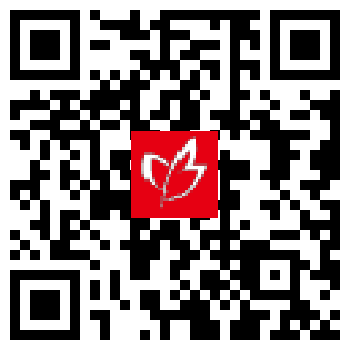
(24-25高一下·江苏连云港·期中)Every day at sunrise on the small French Polynesian island of Rimatara, Tiraha Mooroa goes for a run with Koha, the dog. Koha has an important job: to sniff out (嗅出) and kill any black rats he can find. Koha is the island’s only defense against the invasive rats. Keeping the island rat-free is vital: the rats, which arrive via boats and cargo ships (货船), are the single biggest threat to native birds of the Pacific Islands, including the Rimatara lorikeet. The beautiful bird is critically endangered—only 1,500 remain in the wild, and a third of the entire population lives on tiny Rimatara island. Now, of the 118 islands in French Polynesia, Rimatara is one of only three without the rats.
The lorikeet was once widespread in the South Pacific. By the 18th century, however, it had already been hunted to near extinction by the Polynesians, who prized the bird’s red feathers for making headdresses. By 1900, the island’s queen, Temaeva V, banned hunting of the birds, effectively preserving the remaining population. Since the 1990s, however, the lorikeets have faced rising threats.
Socio-environmental researcher Samuel Ravatua-Smith heads up a nest observation program, launched by the conservation association Rima Ura, to better understand the lorikeet and its population decline. The program monitors all lorikeet nests on the island with Bluetooth-enabled cameras. Ravatua-Smith’s face falls as he watches the footage (镜头). “The videos confirm that after the visit of a white-tailed tropicbird, the two hatchlings are no longer in the nest. The while-tailed tropicbird may be targeting and taking over lorikeet nests because of its own habitat loss,” Ravatua-Smith says.
It’s an important finding that brings Rima Ura another step closer to saving the lorikeet. This year, close to 100 new houses are set to be built to provide housing for residents in need. The clearing and construction may end up encompassing (涉及) more than half of the island. Rima Ura works to educate residents of Rimatara about how they can help protect the lorikeet, for instance encouraging locals to plant more fruit trees around their houses. Members of Rima Ura who live on the island also mark nesting trees and participate in reforestation initiatives.
78.What can we infer from Paragraph 1?
A.Koha’s efforts have worked. B.Mooroa works on a cargo ship.
C.More dogs are needed on Rimatara island. D.The Rimatara lorikeet’s threats are under control.
79.What was the main reason for the decline of the lorikeet’s number during the 18th century?
A.Invasion of black rats. B.Habitat destruction.
C.Food competition. D.Human hunting.
80.What does Ravatua-Smith discover?
A.The survival rate of the lorikeet’s newborns is increasing.
B.The lorikeet’s newborns are tended by other birds.
C.The lorikeets lose their habitat to other birds.
D.The lorikeets often stay in their nests.
81.Which measure is adopted by Rima Ura to save the Rimatara lorikeet?
A.Limiting the number of tourists on the island.
B.Building man-made nests for the birds on the island.
C.Calling on people to stop building houses on the island.
D.Uniting residents on the island to plant lorikeet-friendly trees.
【答案】78.A 79.D 80.C 81.D
【知识点】动物、环境保护、说明文
该题有详细解析可以查阅1、本网站所提供的信息,只供教育教学参考之用。
2、本网站及其会员一概毋须以任何方式就任何信息传递或传送的失误、不准确或错误对用户或任何其他人士负任何直接或间接的责任。
3、在法律允许的范围内,本网站在此声明,不承担用户或任何人士就使用或未能使用本网站所提供的信息或任何链接或项目所引致的任何直接、间接、附带、从属、特殊、惩罚性或惩戒性的损害赔偿。
4、访问者在从事与本网站相关的所有行为(包括但不限于访问浏览、利用、转载、宣传介绍)时,必须以善意且谨慎的态度行事;访问者不得故意或者过失的损害本网站的各类合法权益,不得利用本网站以任何方式直接或者间接的从事违反中华人民共和国法律、国际公约以及社会公德的行为。对于访问者利用本网站提供的信息而作出的任何决策、决定以及其后果,本网站不承担任何责任
5、本网站图片,文字之类版权,本网站无法鉴别所上传图片或文字的知识版权,如果侵犯,请及时通知我们,本网站将在第一时间及时删除。
6、凡以任何方式登录本网站或直接、间接使用本网站资料者,视为自愿接受本网站声明的约束。
XueXi Design
